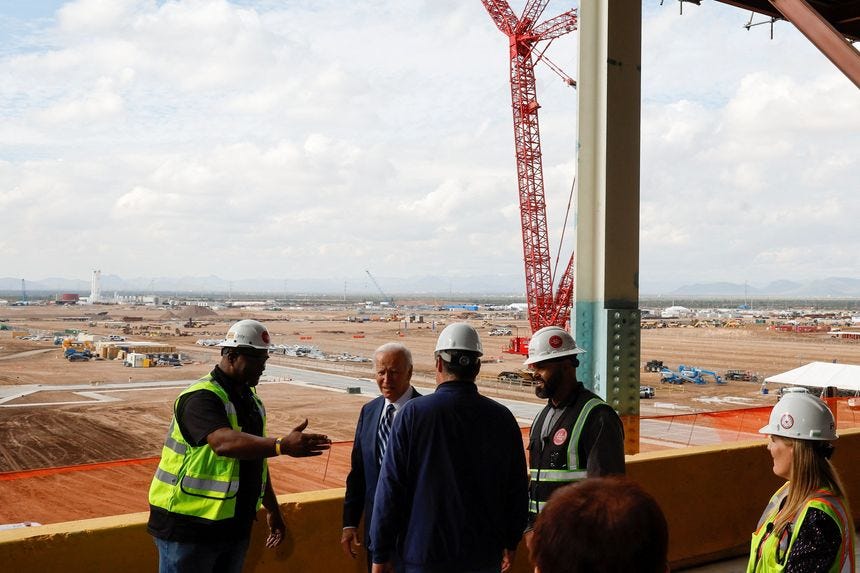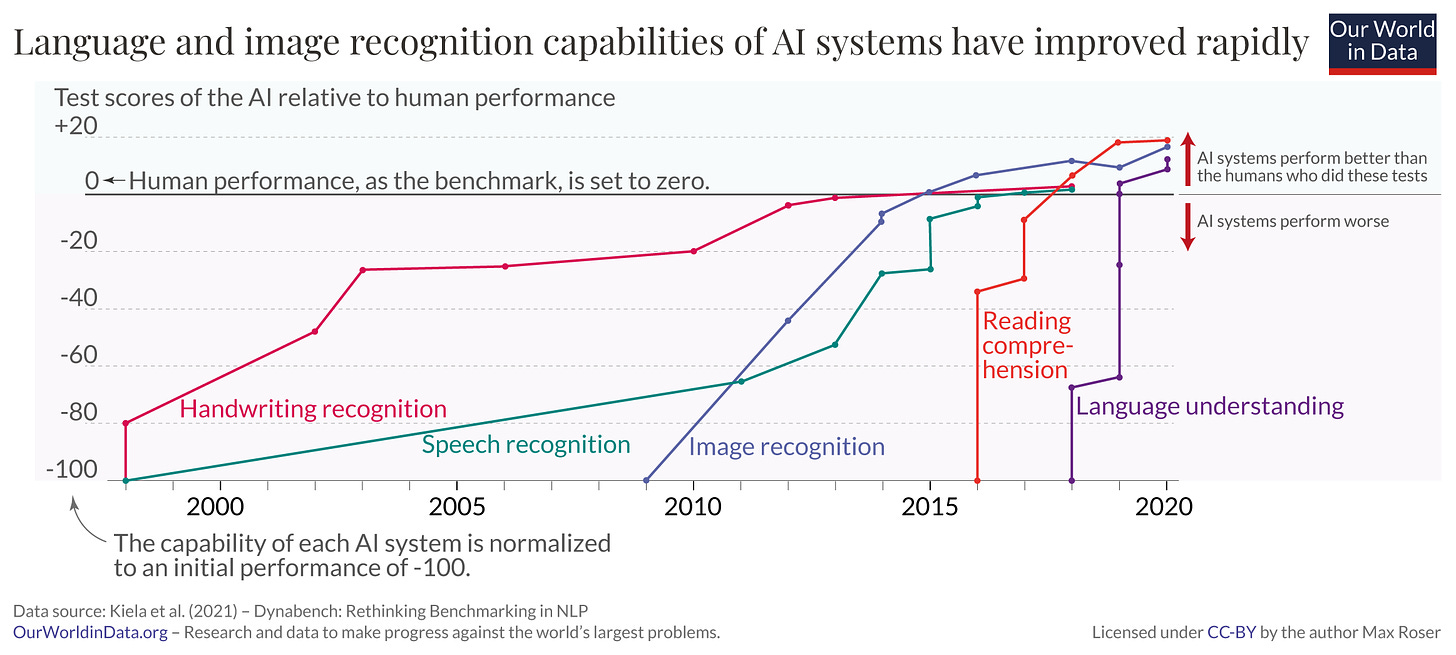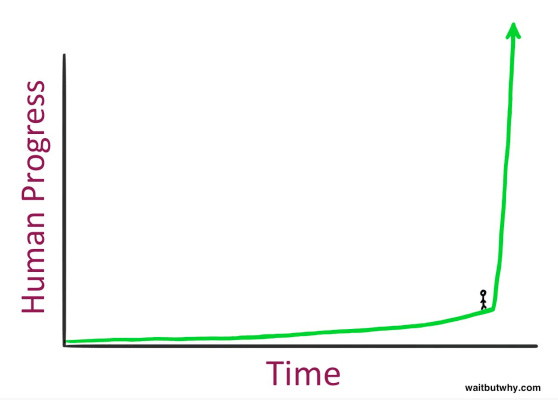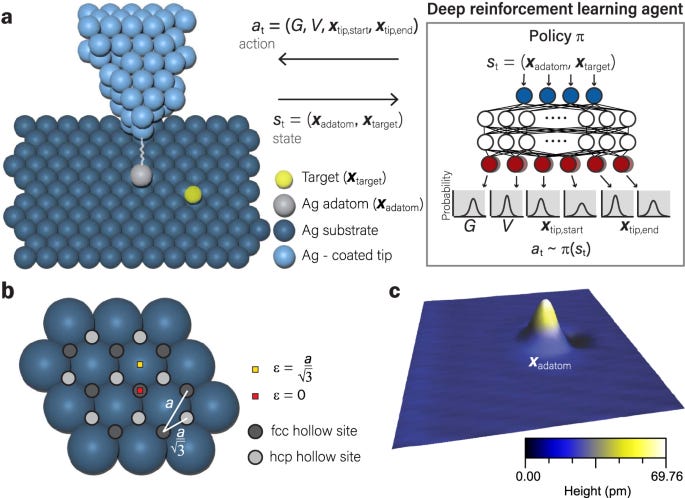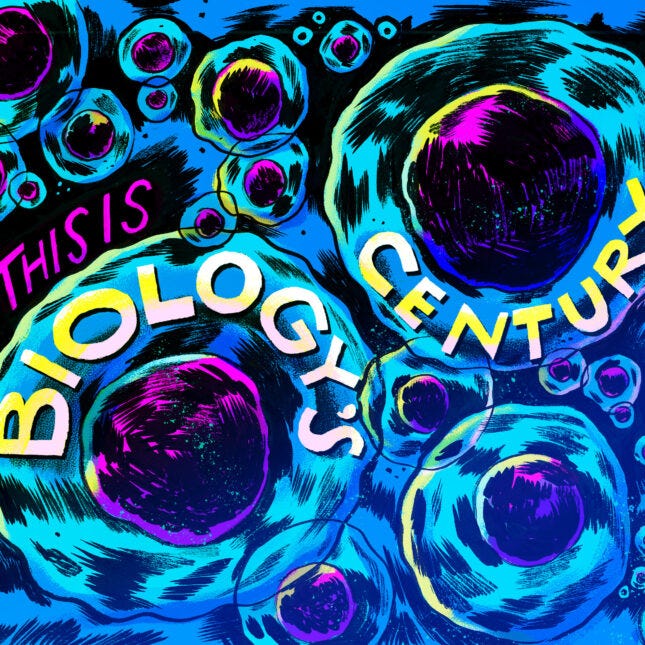

Weekly Dose of Optimism #23
source link: https://www.notboring.co/p/weekly-dose-of-optimism-23
Go to the source link to view the article. You can view the picture content, updated content and better typesetting reading experience. If the link is broken, please click the button below to view the snapshot at that time.

Weekly Dose of Optimism #23
TSMC Factories, Our AI in Data, Nano x AI, The Century of Biology, Malaria Antibodies
Hi friends 👋,
Happy Friday and welcome to our 23rd Weekly Dose of Optimism. It’s our Jordan edition. Let’s make it the greatest of all-time (at least, up to this point.)
Let’s get to it.
The Weekly Dose is brought to you by… Composer
You know Composer, I love Composer — the investing app that helps you achieve superior returns with logic and data. Since founding its algorithmic trading platform in 2020, Composer has helped over 20,000 customers trade 100s of millions of dollars. I’m one of them — after finally admitting I’m a terrible trader, I’ve moved my public markets investing to Composer’s automated strategies and I try to add to my account whenever I can.
Here’s what I like about using Composer:
The product combines beauty and power — it’s my favorite investing UX
Automation, rebalancing, and conditional rules mean I can take emotion out of it
I can copy smarter peoples’ Symphonies, tweak them, build my own, and backtest them all
It’s a much simpler way to build a balanced, diversified portfolio than I could on my own
If you’ve also realized you might not be as much of a trading genius as you thought last year…
(1) TSMC Raises Arizona Chip Investment to $40 Billion as Biden Visits
Yang Jie and Ken Thomas for The Wall Street Journal
The second factory, first reported by The Wall Street Journal, will make chips with 3-nanometer technology, equal to the tiniest and fastest chips available today, and TSMC’s total investment in Arizona will expand to $40 billion, the White House said. It didn’t say how many years the investment would cover.
Earlier this week, President Biden visited the site of TSMC’s chip manufacturing facility in Arizona. This was on the heels of the White House announcement that the Taiwanese chip manufacturer committed to opening a second factory on the site and to increasing its planned investment from $12B to $40B. It’s interesting that these announcements are coming from the White House and not TSMC itself — the Biden Administration clearly views the re-shoring of chip manufacturing as a political priority, and has continued to double-down on it with both policy and PR. We tend to believe that the U.S. reducing its reliance on foreign manufacturing is a good thing — specifically when it comes to chips — but we’d be remiss to not mention the challenges with this plan.
Ben Thompson has a good overview here, but in short, the TSMC chips in Arizona will cost about 50% more, be a few years behind the chips being produced in Taiwan, and do little to prevent a worst-case-scenario China invasion of Taiwan. There are also apparently challenges in attracting the right talent to staff these factories and relatively serious clashes in management styles between TSMC and its American partners.
So perhaps this really is all a show of pomp and circumstance, and these two factories are really just two very expensive Biden monuments. Or, perhaps more optimistically, this is a flawed but necessary first step in re-shoring American manufacturing capabilities and trying to ensure that we don’t get caught flat-footed and chip-less.
(2) The brief history of artificial intelligence
Max Roser for Our World in Data
There’s a reason chips have become increasingly political — they are super important, especially in rapidly growing field of AI. Our World in Data released a report that shows, quite clearly, that we are approaching (or are already in) the golden age of AI. Slowly at first then all at once — as the OWID charts show, many of the AI developments we are seeing today are actually the result of multi-decade slogs in computing, chip design, and theory.
And it’s all starting to come together: in just the past 10 years, AI has started to outperform humans in handwriting recognition, speech recognition, image recognition, reading comprehension, and language understanding. And the slope of advancement is increasing — it took AI 15 years to outperform humans in handwriting recognition but only 1 year to outperform us in the more complex goal of language understanding.
Our World in Data does a great job charting out all of the data (and you should check out the full report), but I think one Tim Urban graph captures all the AI developments even more succinctly:
(3) Precise atom manipulation through deep reinforcement learning
Chen, Aapro, Kipnis, Ilin, Liljeroth, and Foster in Nature via Eli Dourado
The results demonstrate that state-of-the-art DRL can offer effective solutions to real-world challenges in nanofabrication and powerful approaches to increasingly complex scientific experiments at the atomic scale.
While most of the recent AI excitement has focused on the wild consumer-facing tech that we now have access to — ChatGPT, Stable Difussion, and the like — AI’s impact is being felt in science and engineering, too.
In this paper, the authors use deep reinforcement learning to solve automation problems in nanofabrication, where “engineering quantum states requires precise manipulations at the atomic level.”
One of my favorite books of the year, as you’re probably sick of hearing, is Where Is My Flying Car? When I saw Eli Dourado’s tweet about this Nature article, my ears perked up, and I went back to my WIMFC notes. There it was:
The three major, interacting, and mutually accelerating technologies in the 21st century are likely to be nuclear, nanotech (biotech is the “low-pressure steam” of nanotech), and AI, coming together in a synergy that I have taken to calling the Second Atomic Age. It could easily improve productivity another couple orders of magnitude. It could almost certainly lengthen our Lives beyond the antediluvian Standard. The science fiction writers of the 1950s imagined mastering the solar system with a slightly advanced version of mature Industrial Revolution technology, but Second Atomic Age technology is much more likely the level needed to make this mastery feasible, viable, and sustainable.
If that’s the promise of nanotech x AI, this paper is a welcome step. I think it’s also just another hint that the future is going to be born from the intersections of all technologies we talk about here every week.
(4) Here’s why we’re not prepared for the next wave of biotech innovation
Matthew Herper for STAT
Here’s what “biology’s century” means to me: In the same way the 20th century belonged to physics, the 21st is biological. But while physics in the 20th century brought airplanes, personal computers, and posters of Albert Einstein, it also meant the atom bomb and a complete transformation of the social order.
Now, we’re approaching a moment when changes in what we understand about biology are every bit as exhilarating and terrifying.
We’re big believers in The Century of Biology here at Not Boring — it’s even the name of Not Boring writer/investor Elliot Hershberg’s Substack, The Century of Biology.
Biology has made incredible advances in the past decade alone:
Genetically altered white blood cells that can cure cancer. A gene therapy that gave sight to blind children. Pills that wrench decades of life from a cancer death sentence or ease the breathing of patients with cystic fibrosis. And, of course, not one but several effective Covid-19 vaccines created only a year into a once-in-a-century pandemic.
The science continues to progress, and seems to be moving even faster than it did in the past decade, in part due to biology’s intersection with AI. But Harper cautions that our infrastructure, specifically enrolling enough people in studies to make sure the drugs actually work, may continue to be a big bottleneck.
We love us some innovation here at Not Boring, but this piece is a reminder that the infrastructure is often just as important. The innovations don’t matter if they don’t get to market. Harper put it well:
The U.S. health care system tends to believe that inventing brand new gadgets is the answer to everything. The result is that we try to solve problems by building faster and more expensive Ferraris when what we really need are better roads.
(5) Scientists Eye Monoclonal Antibodies for Malaria as Drug Resistance Looms
Madison Muller for Bloomberg, h/t Alec Stapp
Soon, antibody drugs could also be used to prevent another disease: malaria. Early study results showed that when administered intravenously, a high-dose of an antibody drug developed by scientists at the National Institute of Allergy and Infectious Diseases was about 88% effective at shielding adults from infection in Mali over the 6-month malaria season.
A new monoclonal antibody drug, developed by the NIAID, was 88% effective at preventing adults from malaria infection during a 6 month study period in Mali. We wrote about the potential eradication of malaria in WDoO #15 and these results indicate that we are well on our way. Beyond its effectiveness, the antibody only has to be administered once per year, which means that distribution and adherence may be more plausible in areas that are the hardest to reach and hardest hit by malaria.
Go science.
That’s all for this week. We’ll be back in your inbox 9am EST on Monday morning. Enjoy the weekend!
— Packy
Recommend
About Joyk
Aggregate valuable and interesting links.
Joyk means Joy of geeK


